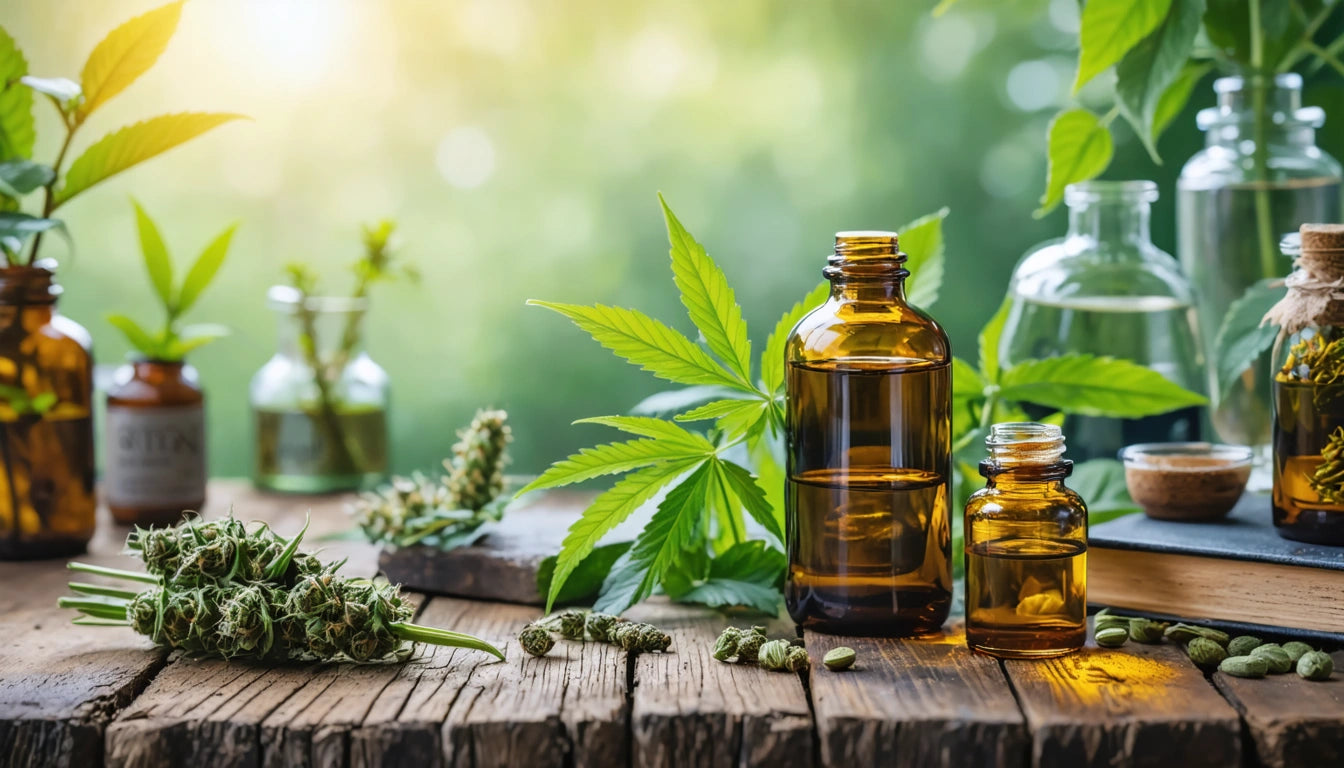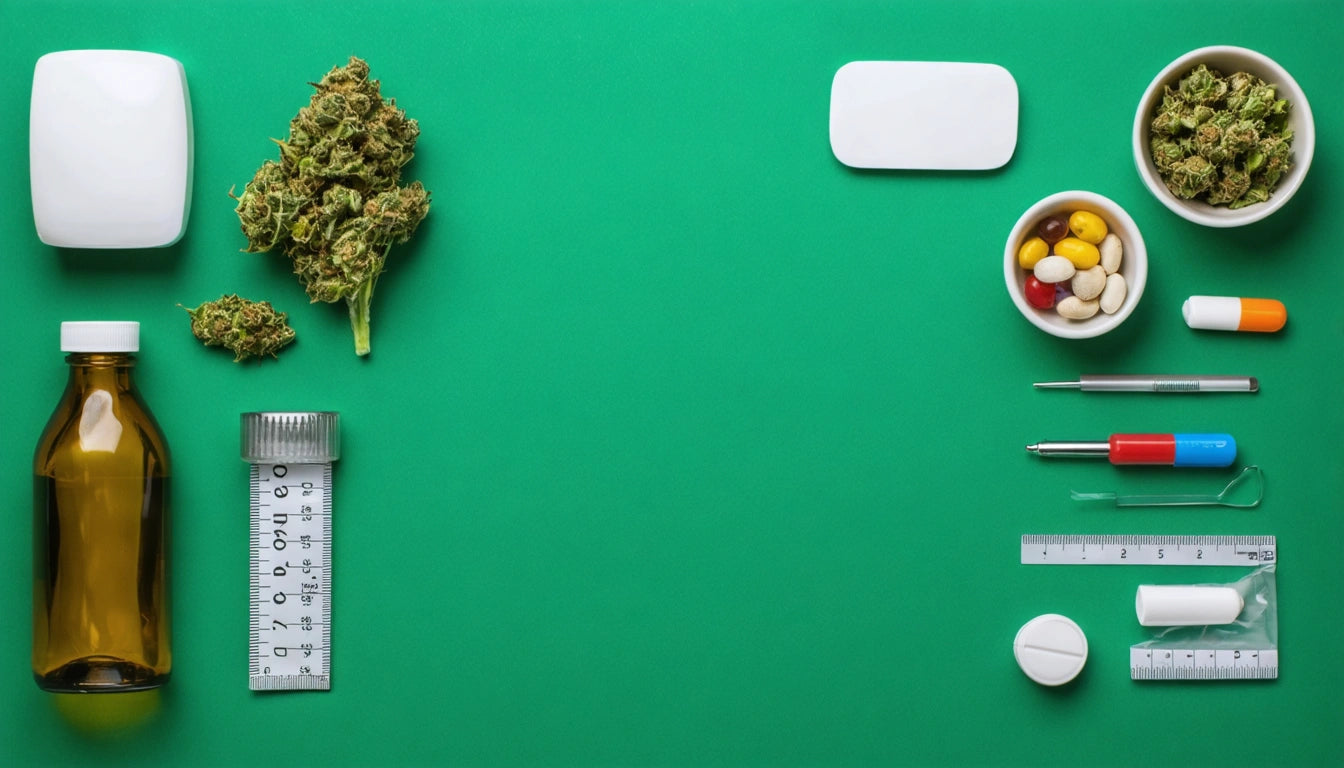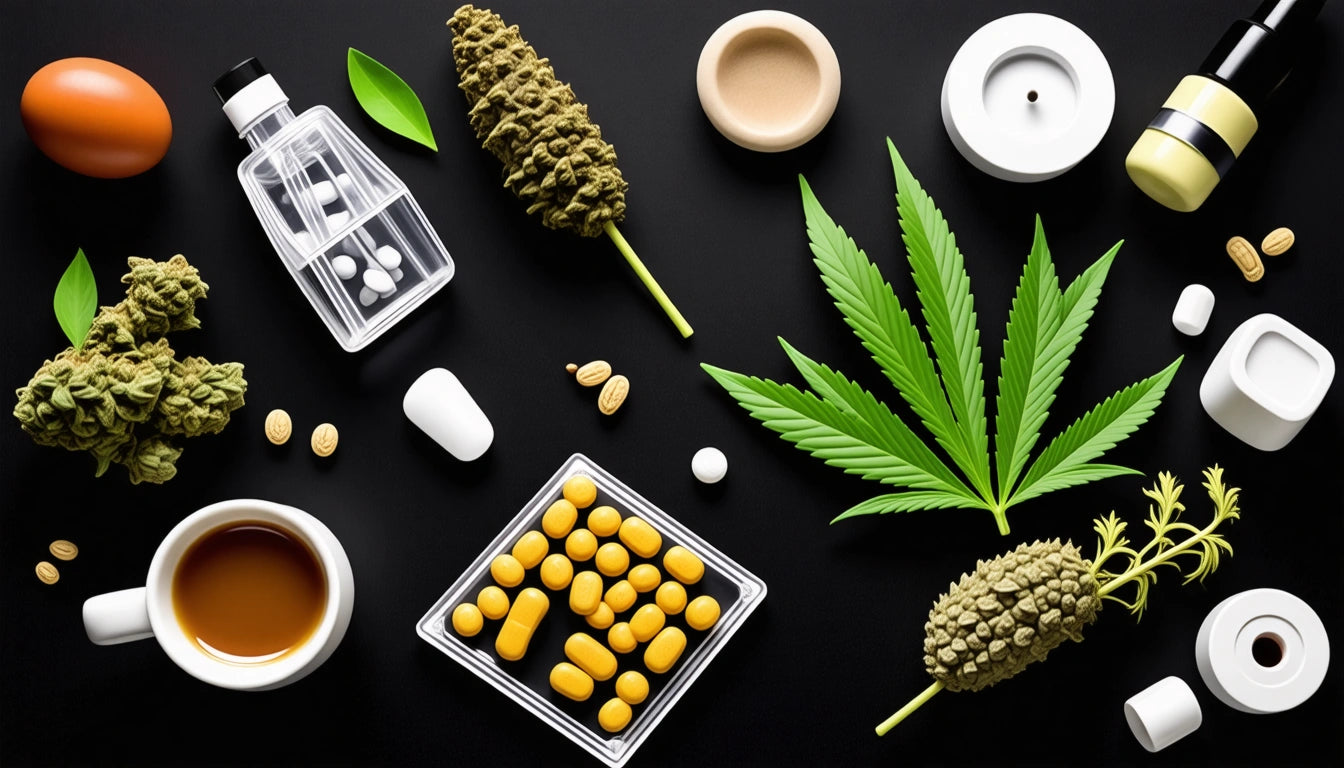Table of Contents
- What Are Cannabis Tinctures?
- Equipment and Ingredients Needed
- How to Make Alcohol-Based Cannabis Tinctures
- How to Make Non-Alcoholic Cannabis Tincture Alternatives
- Proper Dosing and Administration Methods
- Storage and Shelf Life Considerations
- Practical Applications and Benefits of Cannabis Tinctures
How to Make and Use Cannabis and CBD Tinctures: A Complete Guide
Cannabis tinctures offer a smoke-free alternative for consuming cannabinoids with precise dosing capabilities. Whether you're looking to make CBD tincture for anxiety relief or a THC-rich formula for recreational use, understanding the basics of tincture creation and usage is essential. This comprehensive guide walks through everything from ingredient selection to proper administration techniques.
What Are Cannabis Tinctures?
Cannabis tinctures are liquid extracts made by soaking cannabis flower or trim in a solvent to draw out cannabinoids and terpenes. Traditionally, high-proof alcohol serves as the solvent, but glycerin and oil-based alternatives exist for those seeking non-alcoholic options. The resulting liquid concentrates the plant's active compounds in a form that's easy to dose and consume.
Tinctures were actually the primary form of cannabis medicine before prohibition, dating back to the 1800s when they were commonly found in pharmacies. Today, they're experiencing a renaissance as consumers seek discreet, smoke-free consumption methods.
Equipment and Ingredients Needed
Before learning how to make cannabis tincture, gather these essential supplies:
- Cannabis flower or trim (decarboxylated)
- High-proof alcohol (Everclear, 190-proof grain alcohol) or glycerin/oil for non-alcoholic versions
- Accurate digital scale for precise measurements of cannabis material
- Glass mason jars with airtight lids
- Cheesecloth or fine mesh strainer
- Amber glass dropper bottles for storage
- Label maker or waterproof labels
- Optional: Coffee grinder for breaking down cannabis
Quality ingredients directly impact potency and efficacy. For CBD tinctures, high-CBD hemp flower works best, while THC tinctures require cannabis strains with desired THC levels.
How to Make Alcohol-Based Cannabis Tinctures
The Decarboxylation Process
Before making any tincture, cannabis must be decarboxylated to activate its cannabinoids. This process converts THCA to THC and CBDA to CBD:
- Preheat oven to 240 °F (115 °C)
- Break cannabis into small pieces
- Spread evenly on a baking sheet
- Bake for 30-40 minutes until lightly browned
- Allow to cool completely
Cold Method (Freezer Method)
The cold method preserves terpenes and minimizes chlorophyll extraction:
- Place decarboxylated cannabis and alcohol in separate containers in the freezer for 24 hours
- Combine frozen cannabis and alcohol in a mason jar
- Return to freezer, shaking once daily for 2-3 weeks
- Strain through cheesecloth into a clean container
- Transfer to dropper bottles
Warm Method (Quick Method)
For those wondering how to make weed tincture quickly:
- Combine decarboxylated cannabis and alcohol in a mason jar
- Place jar in a water bath at 170 °F (77 °C) for 20-30 minutes
- Remove from heat and allow to cool
- Strain through cheesecloth
- Bottle and label
The warm method produces faster results but may extract more chlorophyll, resulting in a stronger taste. Many users prefer the cold method for its smoother flavor profile.
How to Make Non-Alcoholic Cannabis Tincture Alternatives
For those seeking to make cannabis tincture non-alcoholic, vegetable glycerin or carrier oils provide excellent alternatives:
Glycerin-Based Method
- Combine decarboxylated cannabis with food-grade vegetable glycerin in a mason jar (1:10 ratio)
- Place jar in a water bath at 170 °F (77 °C) for 12-24 hours, stirring occasionally
- Alternatively, use a slow cooker on low for the same duration
- Strain through cheesecloth
- Bottle and store
Oil-Based Method
- Combine decarboxylated cannabis with MCT oil, olive oil, or coconut oil (1:10 ratio)
- Place in a water bath at 170 °F (77 °C) for 4-6 hours
- Strain through cheesecloth
- Bottle and label clearly
While non-alcoholic methods produce gentler extracts, they typically result in lower potency and shorter shelf life compared to alcohol-based tinctures.
Proper Dosing and Administration Methods
Learning how to use cannabis tincture properly involves understanding dosage and administration techniques:
Sublingual Administration
- Fill dropper with desired amount
- Place drops under tongue
- Hold for 30-60 seconds before swallowing
- Effects typically begin within 15-45 minutes
Oral Consumption
- Add drops to food or beverages
- Effects may take 45-90 minutes to manifest
- Duration typically lasts 4-6 hours
For beginners, start with 1-2 drops and wait at least two hours before considering additional doses. Gradually increase by 1-2 drops per session until finding your optimal dose. Proper dosing guidelines suggest that most users find their sweet spot between 5-15mg of cannabinoids.
Storage and Shelf Life Considerations
Proper storage extends tincture shelf life and preserves potency:
- Store in amber or blue glass dropper bottles to protect from light degradation
- Keep in a cool, dark place away from direct sunlight
- Ensure bottles are tightly sealed when not in use
- Label with production date and contents
- Alcohol-based tinctures can last 3-5 years when properly stored
- Glycerin and oil-based alternatives typically last 1-2 years
Refrigeration is optional for alcohol-based tinctures but recommended for non-alcoholic versions to prevent rancidity and microbial growth.
Practical Applications and Benefits of Cannabis Tinctures
Cannabis tinctures offer numerous advantages over other consumption methods:
- Precise dosing: Droppers allow for exact measurement
- Discreet usage: No smoke or vapor produced
- Fast onset: Sublingual administration bypasses digestive system
- Long shelf life: Particularly for alcohol-based versions
- Versatility: Can be added to foods, beverages, or taken directly
Whether you're making CBD tincture for anxiety relief or THC tincture for recreational purposes, the ability to precisely control dosage makes tinctures ideal for both medical and adult-use consumers.
As cannabis legalization expands, tinctures continue to gain popularity for their convenience and versatility. By understanding how to make and use these preparations properly, consumers can enjoy the benefits of cannabis in a controlled, smoke-free format.











Leave a comment
All comments are moderated before being published.
This site is protected by hCaptcha and the hCaptcha Privacy Policy and Terms of Service apply.